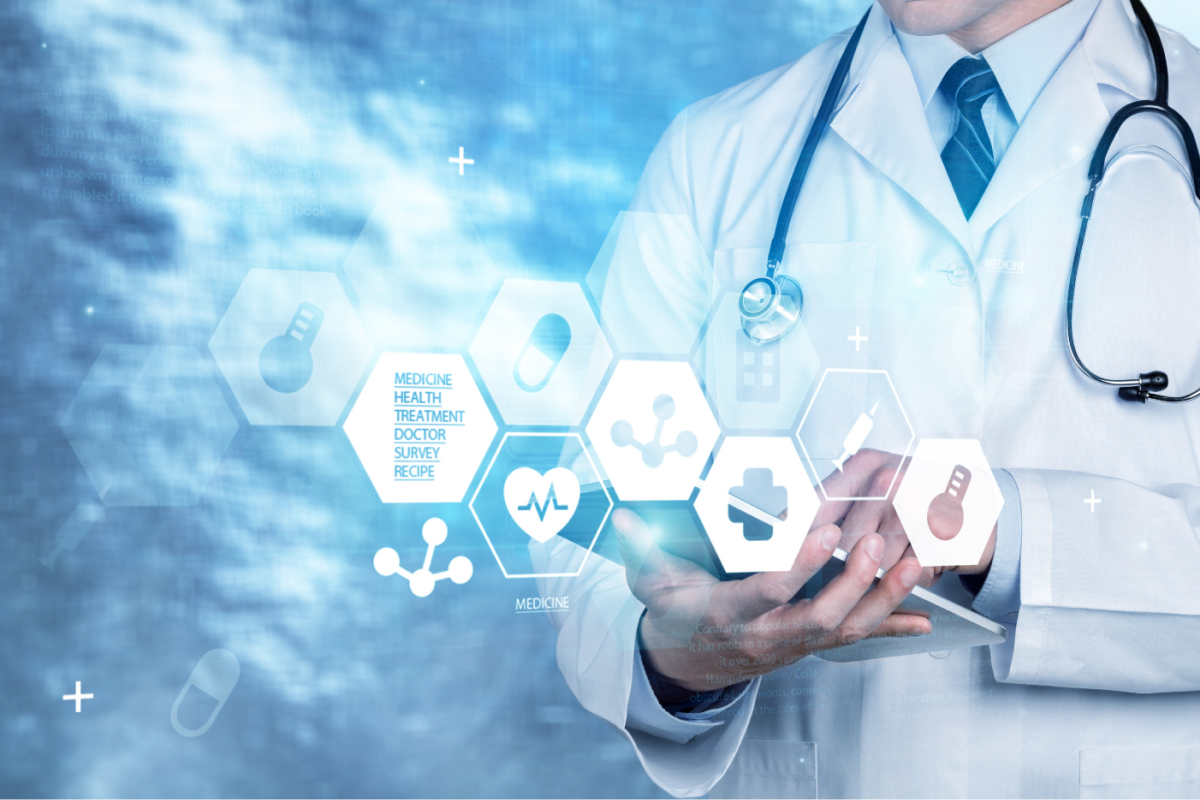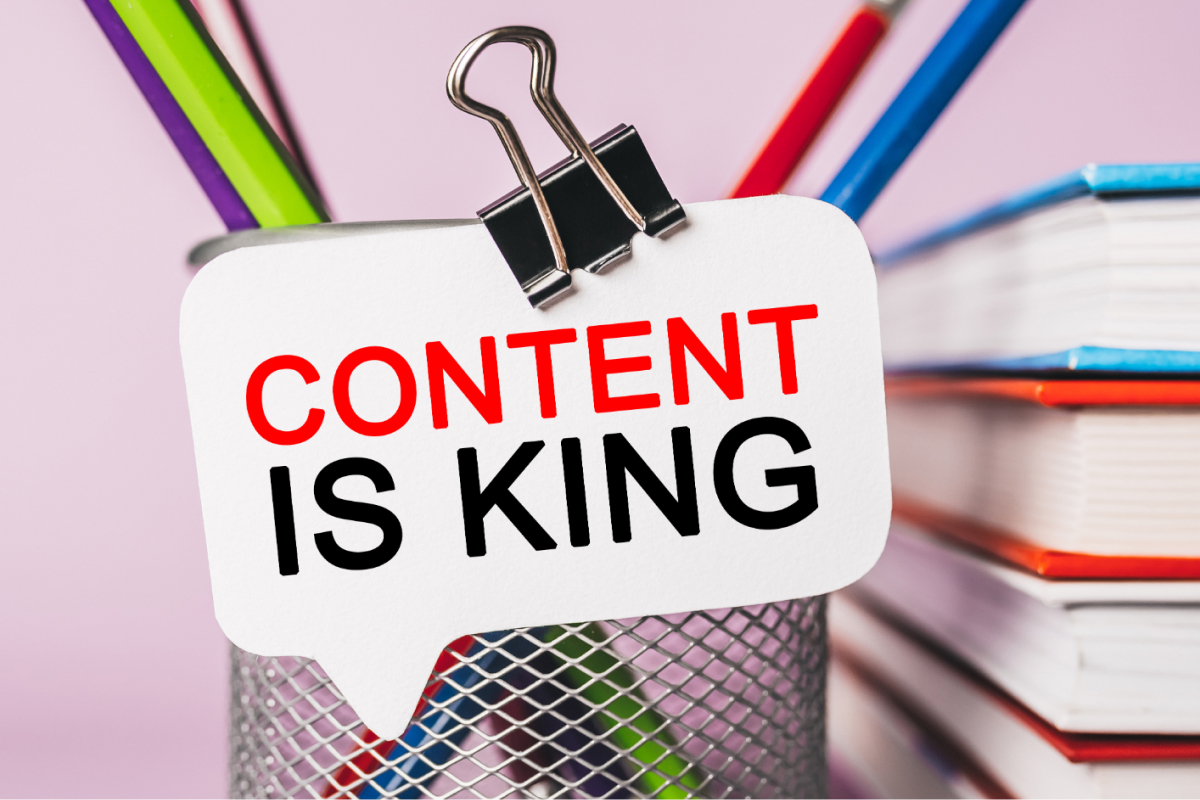
30
Jul
2020
The Role of Social Media Communication during the Pandemic
A public health epidemic has arisen from the 2019 coronavirus outbreak, which has had a significant effect on the environment as well as our everyday lives. Not only the rate of transmission and the patterns of infection threatens our sense of self-employment, but the safety measures implemented to control the spread of the virus also require social dissociation by avoiding doing what is inherent in people, and finding comfort in others’ companies. What has the role of the various mass media channels in our lives at human, social and social rates been, in this context of physical, social, and physical isolation, as well as a public alarm?
Mass media was regarded for several years as dominant factors influencing how we and ourselves view the environment. This awareness has been followed by an increasing study volume which tracks closely the footprints of technological developments (e.g., music, media, television, the Web and the mobile) and the zeitgeist (e.g. cold war, 9/11, climate change) in an attempt to chart significant impacts on how we experience ourselves as citizens. Is there still a sense of unity among the media (broadcasting and digital) that reaches broad publics or is there message lost in the noisy crowd in mass self-communication?
There some support or reason for disinformation,) (humanization, and sexism in the social media? Will we leverage the versatility and ubiquity of digital technologies to improve public adhesion to the protective steps introduced to tackle COVID-19 distributed by global health agencies?? In what forms should different information sectors and social marketing networks foster proactive reactions to inspire good wellbeing and preventive action?? How do media influence private domain interactions (e.g. improving family links versus domestic conflict and violence)?
Role of Social Media during the Pandemic
Confronted with COVID-19, social media are an excellent way for people and communities to be connected, although separated physically.
During the influenza pandemic of 1918, which the CDC estimates have infected a third of the world’s population, it was not that people in the 21st century had the same sources of communication that we now have for rapid communication. In conjunction with this, a Public Health Study on Minneapolis’s 1918 flu reaction indicates that important knowledge regarding the epidemic has been exchanged mainly among mail staff, Boy Scouts and teachers.
With the introduction of social networking in the 21st century, we not only learn the latest news updates but also provide personal or company updates via platforms like Facebook and Twitter. For businesses, it requires using social networking to help staff and partners like never before. To order to exchange accurate and relevant knowledge effectively, the government needs to do its part.
Four primary roles performed during the COVID 19 outbreak by social platforms:
Misinformation: In the wake of a global crisis, we have rarely seen any further details accessible in real-time. This knowledge will allow us to be aware of what is going on and how it can influence us and everyone we value. This knowledge will help us understand. Yet social media will propagate wrongdoings, including wonders of avoidance, misleading statements of martial law laws, conspiracy theories, and more.
Coronavirus disinformation is being combated by social networking firms: In a period when many of us strive to obtain as much information as possible, the public is particularly prone to false and sometimes dangerous claims, and are then transmitted to others.
Distinguishing between reliable and unreliable social media sources:
To maintain the authenticity of details, the best guideline is to verify sources to maintain (a) that such sources are trustworthy to (b) have been correctly transmitted. Just because anyone claims to have learned something from a reliable source does not mean that they accurately relay that information.
You must quote and verify your references if you supply details, whether on behalf of a corporation or your account. Be careful of alarmist or absolute verbiage. The virus is still unknown, so it is not clear what will happen in the coming weeks and months. This should always be recognized and unnecessary daring declarations avoided.
An impact on public response to the disease:
Thousands of people are free to share their views on COVID-19 on different social platforms. In recent weeks, people, organizations, and companies have been using social media to promote awareness of COVID-19 and public actions.
Some of the most distinctive ways that social media has influenced the public since epidemic and pandemic levels have been achieved by the virus:
Social distancing and isolation at home are phenomena
Until a couple of weeks ago, we had many of us not even heard about “social distance,” meaning that we were at least 6 feet away from other people to help prevent infection spread. Social media users now regularly call for distance from their friends or families to celebrities and Governments.
A marketing platform
The epidemic COVID-19 is a critical period in the selling cycle for several companies.
Sadly, we’ll see people who sell products of snake oil type (think essential oils that claim immunity). Some companies will undermine hysteria, in particular companies selling products such as hand sanitizers and facial masks, with additional dollars behind social media ads (though the health organizations frequently say that facemasks are not effective without you).
Socially responsible marketing for products:
Although alarmist spending is rising, many companies are responding to COVID-19 strongly and empathically. At present, the primary responsibility of brands is to ensure their staff and customers are safe and comfortable. That said, it is particularly good for a lot of people to be assisted by certain business models in this period.
Streaming services, for example, provide those bored at home with entertainment. Delivery services in markets and restaurants will easily provide food and food for those who cannot take care of themselves. We deliver free and discounted pricing online classes. All in all, we see multiple businesses trying their best to relieve the anxiety and frustration of too many.






